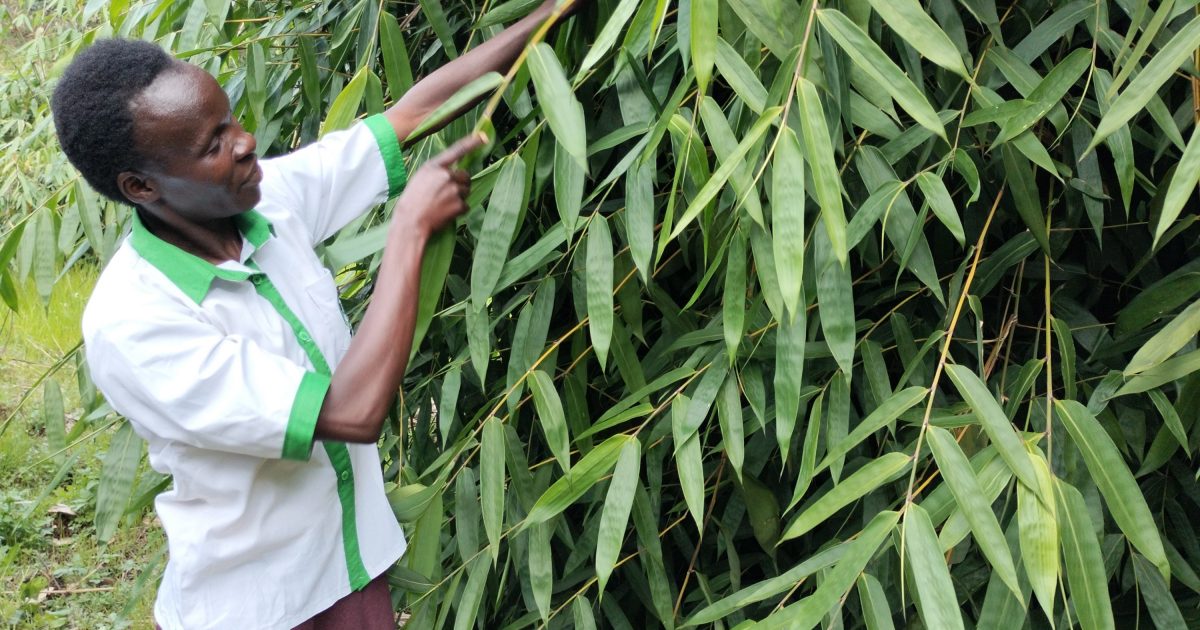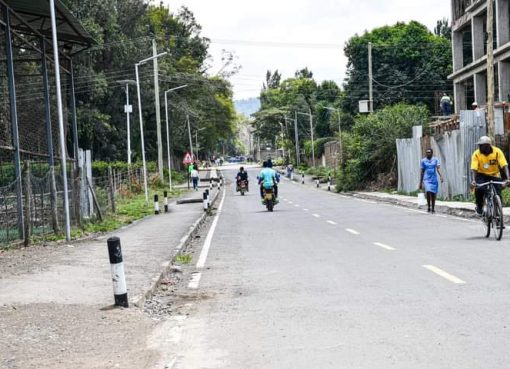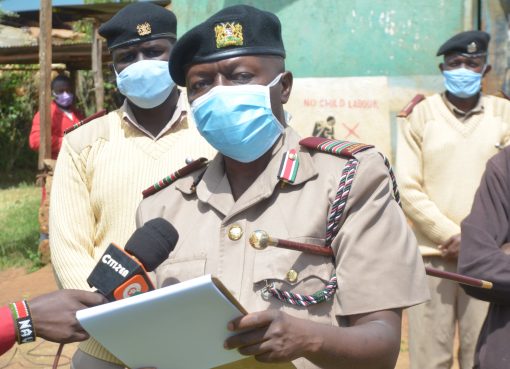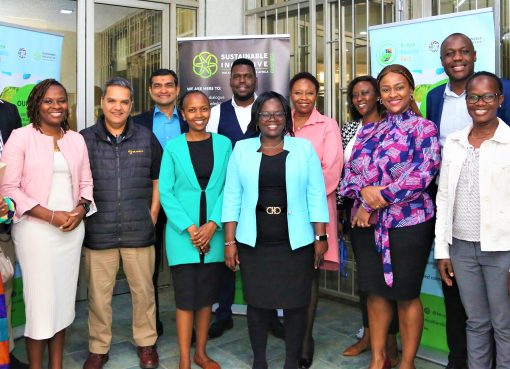The Kenya Forest Service (KFS) and community members have been working together to forge a green partnership in restoring forest and riparian land in Uplands area of Kiambu County.
In the heart of Kiambu, an alliance between the Kenya Forest Service (KFS) and the local community forest associations has joined hands to restore and preserve vital forest and riparian lands.
At the forefront of this transformative collaboration are Karen Wekesa and Flasiah Wanjiku both members of the Community Forest Association (CFA) from Uplands.
The CFA plays a pivotal role in this symbiotic relationship, working toward ensuring that the conservation of both forest and riparian lands is maintained.
Unlike traditional conservation approaches, the community members have embraced a unique strategy of integrating tree care into their agricultural practices.
As they tend to their crops, they nurture and protect the trees that share the same soil, fostering a harmonious coexistence between farming and forestry.
One of the standout features of this agroforestry initiative is the cultivation of bamboo along the riverbanks.
Bamboo resources offer a range of benefits and opportunities for local and national economic development, improved livelihoods, and provision of environmental goods and services such as watershed protection and carbon sequestration.
Recognised for its water-friendly properties, bamboo serves a dual purpose, preventing soil erosion along the riverbanks and supporting the local ecosystem.
The riverbanks, once vulnerable to degradation, are now fortified by the resilient growth of bamboo, thanks to the careful cultivation efforts by the community.
The collaboration between the Kenya Forest Service and the local community extends beyond mere planting; it is a true partnership where each party plays a crucial role.
Kenya Forest Service relies on the community’s intimate knowledge of the land to identify gaps in the forest that need attention.
This reliance on local insight ensures that trees are planted where they are most needed, contributing to a more effective and sustainable reforestation effort.
The roots of this collaborative endeavour traces back to 2007 when the Community Forest Association partnered with the Coalition for Sustainable Development (COSDEP).
In 2017, the community planted over 15,000 trees. However, the collaboration went beyond tree planting as COSDEP has also provided leadership training and empowerment sessions, equipping community members with the skills and knowledge needed to take charge of their environmental stewardship.
COSDEP purchases seedlings directly from the local community, creating a sustainable economic loop that benefits the members and impacts positively on the environment.
As the community witnesses the exact and symbolic fruits of their labor, they also witness the return of water to the landscape and bamboo flourishing along the riverbanks acting as a catalyst and rejuvenating the water system.
Seven years down the line, the vision of a restored and thriving ecosystem is becoming a reality, thanks to the unity of the dedicated members of the CFA and also KFS.
Together, they are not just planting trees; they are cultivating a future where nature and community merge in harmony.
Despite the positive collaboration with KFS, some of the communities living near forests in Kiambu have come out to request KFA to market their initiatives so that they can benefit and tap markets.
Kinale Community Forest Association Chairman Daniel Njinu says that they have talented people who have been practicing activities such as mushroom farming, bee keeping and burning charcoal using tree waste and need to be supported.
Njinu appreciated the support the community around Kinale forest which is over a total of 10,504.87 hectares have been receiving but said although their projects are operational, they need assistance in marketing what they have.
Kiambu County has six forests with the major ones being Kieni and Kinale forests occupying an area of 426.62 kilomotres.
In Kenya, bamboo has been an integral part of indigenous timbers. It serves as an effective agent in preventing soil erosion, conserving humidity, and underpinning embankments and drainage channels.
There is a national bamboo policy 2022 that is expected to spark new measures to enhance Bamboo growing, sustainable management of Bamboo resources, encourage commercialisation and value-chain development, creating an enabling environment for Bamboo sub-sector development in the country.
By Wangari Ndirangu





